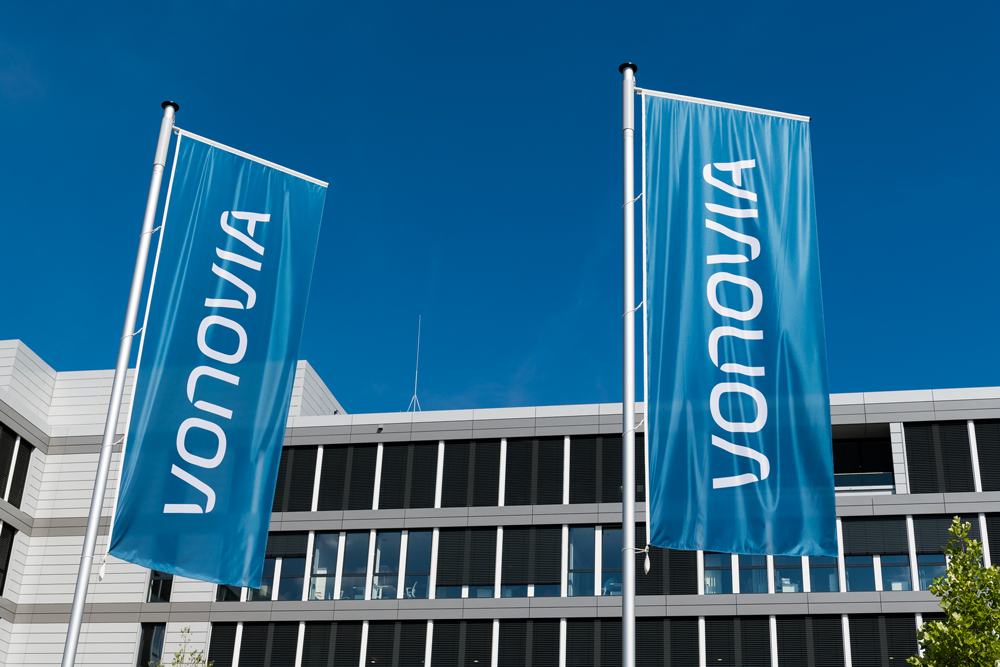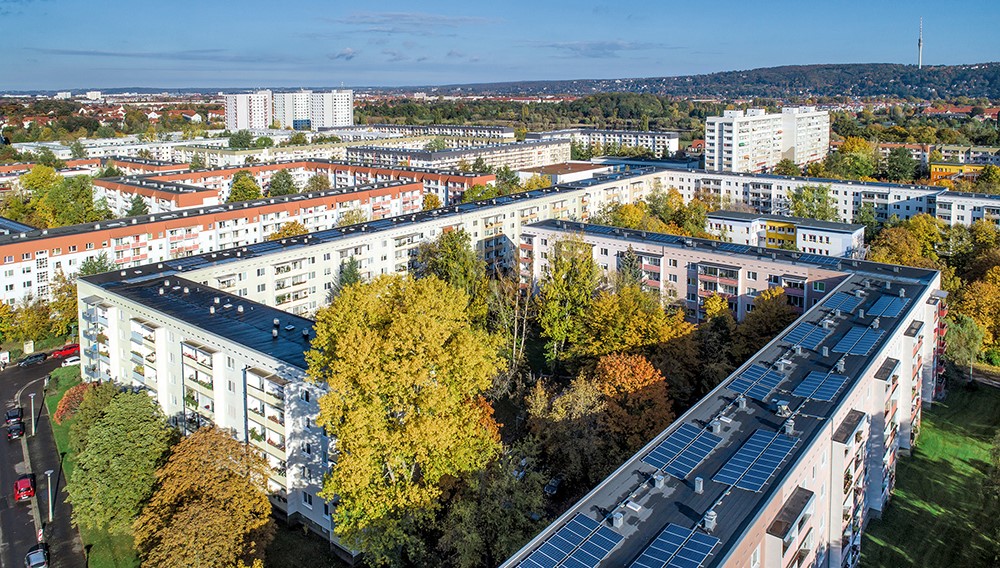EPRA Reporting
Vonovia SE has been a member of EPRA since 2013. The eponymous European Public Real Estate Association (EPRA) is a non-profit organization that has its registered headquarters in Brussels and represents the interests of listed European real estate companies. Its mission is to raise awareness of European listed real estate companies as a potential investment destination that offers an alternative to conventional investments.
In order to make it easier to compare real estate companies and to reflect special features that apply to the real estate sector, EPRA has developed a framework for standardized reporting that goes beyond the scope of the IFRS.
Vonovia reports the EPRA key figures based on the EPRA Best Practice Recommendations (BPRs). Vonovia only uses some of the EPRA key figures as performance indicators, which is why they are reported outside of the management report. They are non-GAAP measures or also APMs (Alternative Performance Measures).
We would like to point out that the EPRA BPRs refer generally to both residential and commercial real estate companies. On the other hand, Vonovia is active almost exclusively in the area of housing. Vonovia’s business model is based on the development and construction of new apartments, both for its own portfolio and for sale to third parties, the rental of homes, the provision of housing-related services and the sale of apartments. Unlike companies with a commercial real estate portfolio and, as a result, a relatively small number of properties, Vonovia’s portfolio features a large number of fairly similar residential units. This means that it does not make sense for a company specializing in residential real estate to report much of the information recommended in the EPRA BPRs, which focus in particular on significant individual properties.
This is why, with regard to the current real estate portfolio, we have opted not to report an overview of lease agreement terms (the lease agreements tend to be concluded for an indefinite period), the estimated market rent upon the expiry of the lease or the ten biggest tenants in terms of rental income.
The Development segment was expanded further in the 2021 fiscal year. Our business still relates almost exclusively to residential units. Further information on the Development segment can be found in the chapter Portfolio in the Development Business.
EPRA Key Figures
EPRA Key Figures | ||||||||||
in € million | 2020 | 2021 | Change in % | |||||||
EPRA Performance Measure | Definition | Purpose | ||||||||
EPRA Earnings | Earnings from operational activities. | A key measure of a company`s underlying operating results and an indication of the extent to which current dividend payments are supported by earnings. | 1,196.9 | 1,361.7 | 13.8 | |||||
EPRA Net Reinstatement Value (NRV) | Assumes that entities never sell assets and aims to represent the value required to rebuild the entity. | The EPRA NAV set of metrics make adjustments to the NAV per IFRS financial statements to provide stakeholders with the most relevant information on the fair value of the assets and liabilities of a real estate investment company, under different scenarios. | 43,677.3 | 64,216.1 | 47.0 | |||||
EPRA Net Tangible Assets (NTA) | Assumes that entities buy and sell assets, thereby crystallizing certain levels of unavoidable deferred tax. | 35,488.6 | 51,826.1 | 46.0 | ||||||
EPRA Net Disposal Value (NDV) | Represents the shareholders' value under a disposal scenario, where deferred tax, financial instruments and certain other adjustments are calculated to the extent of their liability, net of any resulting tax. | 20,543.4 | 30,155.4 | 46.8 | ||||||
EPRA Net initial yield in % | Annualized rental income based on the cash rents passing at the balance sheet date, less non-recoverable property operating expenses, divided by the market value of the property, increased with purchasers´costs. | A comparable measure for portfolio valuations. This measure should make it easier for investors to judge themselves, how the valuation of portfolio X compares with portfolio Y. | 3.0 | 2.6 | -0.4 pp | |||||
EPRA Topped-up Net Initial Yield in % | This measure incorporates an adjustment to the EPRA NIY with respect to the expiration of rent-free periods (or other unexpired lease incentives such as discounted rent periods and step rents). | 3.0 | 2.6 | -0.4 pp | ||||||
EPRA Vacancy rate in % | Estimated Market Rental Value (ERV) of vacant space divided by ERV of the whole portfolio. | A “pure” (%) measure of investment property space that is vacant, based on ERV. | 2.3 | 2.0 | -0.3 pp | |||||
EPRA Cost Ratio (incl. direct vacancy costs) in % | Administrative & operating costs (including costs of direct vacancy) divided by gross rental income. | A key measure to enable meaningful measurement of the changes in a company´s operating costs. | 26.8 | 25.5 | -1.3 pp | |||||
EPRA Cost Ratio (excl. direct vacancy costs) in % | Administrative & operating costs (excluding costs of direct vacancy) divided by gross rental income. | 25.6 | 24.4 | -1.2 pp | ||||||



